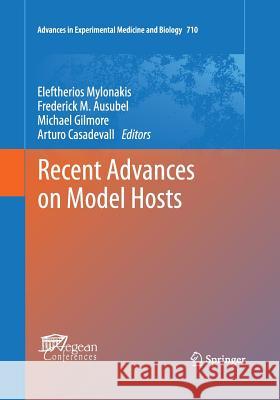Recent Advances on Model Hosts » książka
topmenu
Recent Advances on Model Hosts
ISBN-13: 9781493951345 / Angielski / Miękka / 2016 / 136 str.
Kategorie:
Kategorie BISAC:
Wydawca:
Springer
Seria wydawnicza:
Język:
Angielski
ISBN-13:
9781493951345
Rok wydania:
2016
Wydanie:
Softcover Repri
Ilość stron:
136
Waga:
0.26 kg
Wymiary:
25.4 x 17.78 x 0.79
Oprawa:
Miękka
Wolumenów:
01
Dodatkowe informacje:
Wydanie ilustrowane











